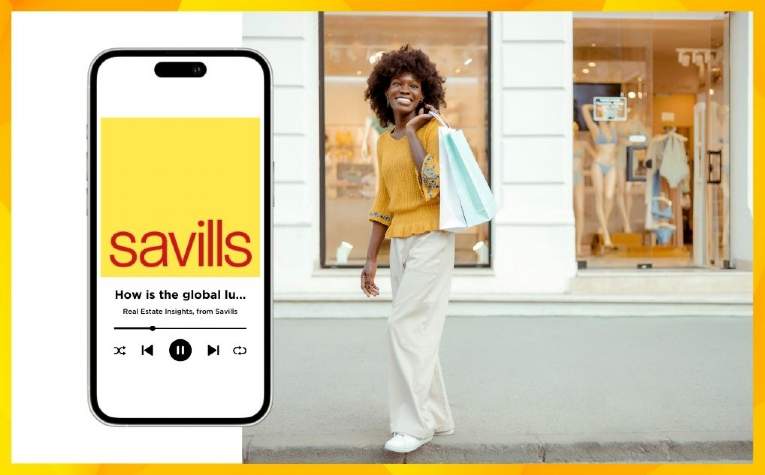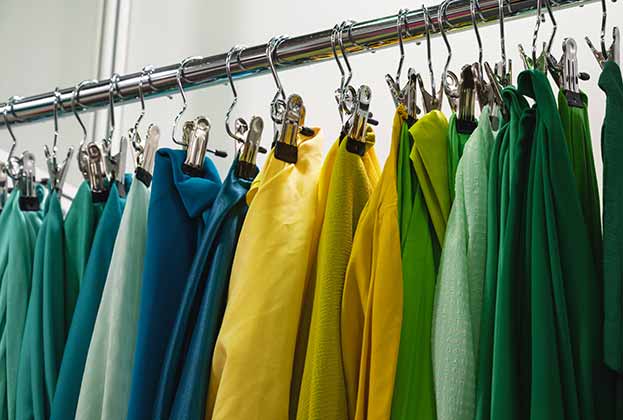By the end of the decade the consumer will be enjoying a blended experience of the online and real world, as the internet becomes a seamless entity as integral to modern living as any other. Omni-channel retailing will have become just retailing, with consumers of all ages expecting to switch back and forth between the two worlds unconditionally.
For the UK consumer at least, in 2016 the online vs offline shopping debate is already becoming irrelevant. But for many retailers it is very much relevant because there are critical changes to business and logistical infrastructure that remain behind the curve. Furthermore, the speed with which this trend takes hold of the rest of Europe will be widely varied.
In 2014, 65 per cent of the EU population used the internet daily, compared with less than 31 per cent in 2006. Nearly 60 per cent of EU internet users now shop online and e-commerce is growing rapidly at an average annual rate of 22 per cent. Although the growth of online sales will not continue with two-digit rates, it could reach 20–25 per cent in most retail sectors across the continent in the next decade.
The lion's share of spend will still be done via stores, however, and most retailers will continue to need to service customers through high street outlets and virtual stores, mobile applications and interactive stores, in-store purchase-home delivery and click-and-collect options. Under these pressures many brands that resist change will disappear from the high streets, but innovators will appear to replace them. Some manufacturers and pure online market players will close the gap by opening stores as a result of consumer expectations – a trend already underway. Retailers who will be able to change the customer-client relationship into a more personal relationship will enjoy great advantages.
Outlets will become ‘walk-in web-stores’ with WiFi and additional technical features offering access to social networks. Their purpose will not be to ‘sell’ products, but to offer solutions, service or an exciting experience. Consumers will see themselves as buying fun, advantage and adventure. A welcome feeling in an inviting environment, smart staging and a bit of skilful seduction will help to win their attention.
John Lewis is in many ways steering this trend. While the real growth in John Lewis's fortunes during Nov/Dec 2015 was due to its online sales which grew 21.4 per cent, offsetting a fall in store sales, it would be a brave analyst that suggests that its stores do not form a pivotal role in the consumer experience that ultimately ends up as an online purchase.
By 2020 UK consumers will seamlessly order via digital, traditional and other channels as yet unknown. They will expect next-day delivery, same-day delivery or even same-hour delivery. Retailers and logistics providers must be capable to manage complex order and distribution channels, as online and offline shopping will become indistinguishable. The issues are likely to be less of the multichannel debate and more one of fulfilment.
Further information
Contact Savills Retail and Leisure
(1).jpg)
.jpg)



.jpg)




